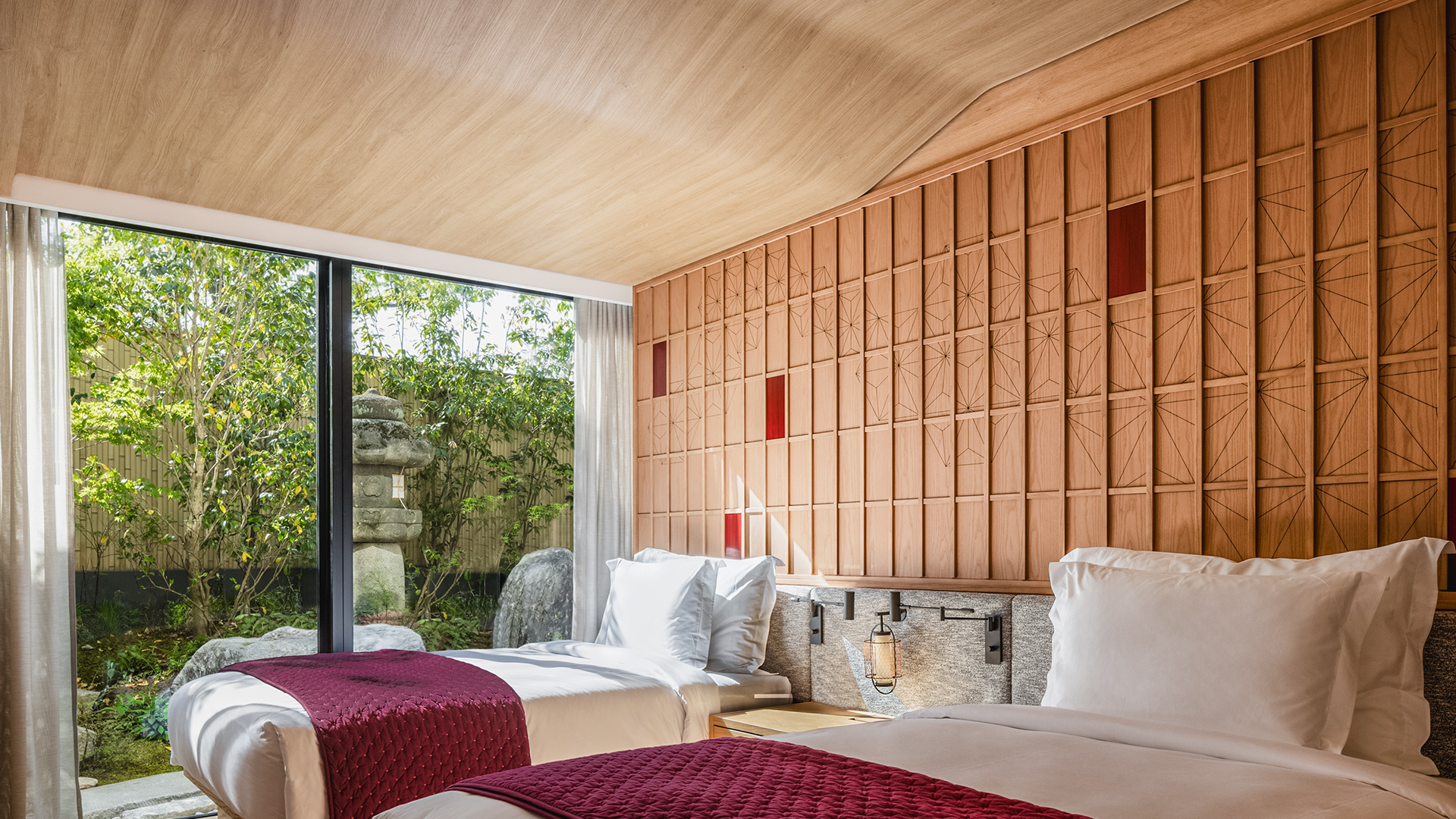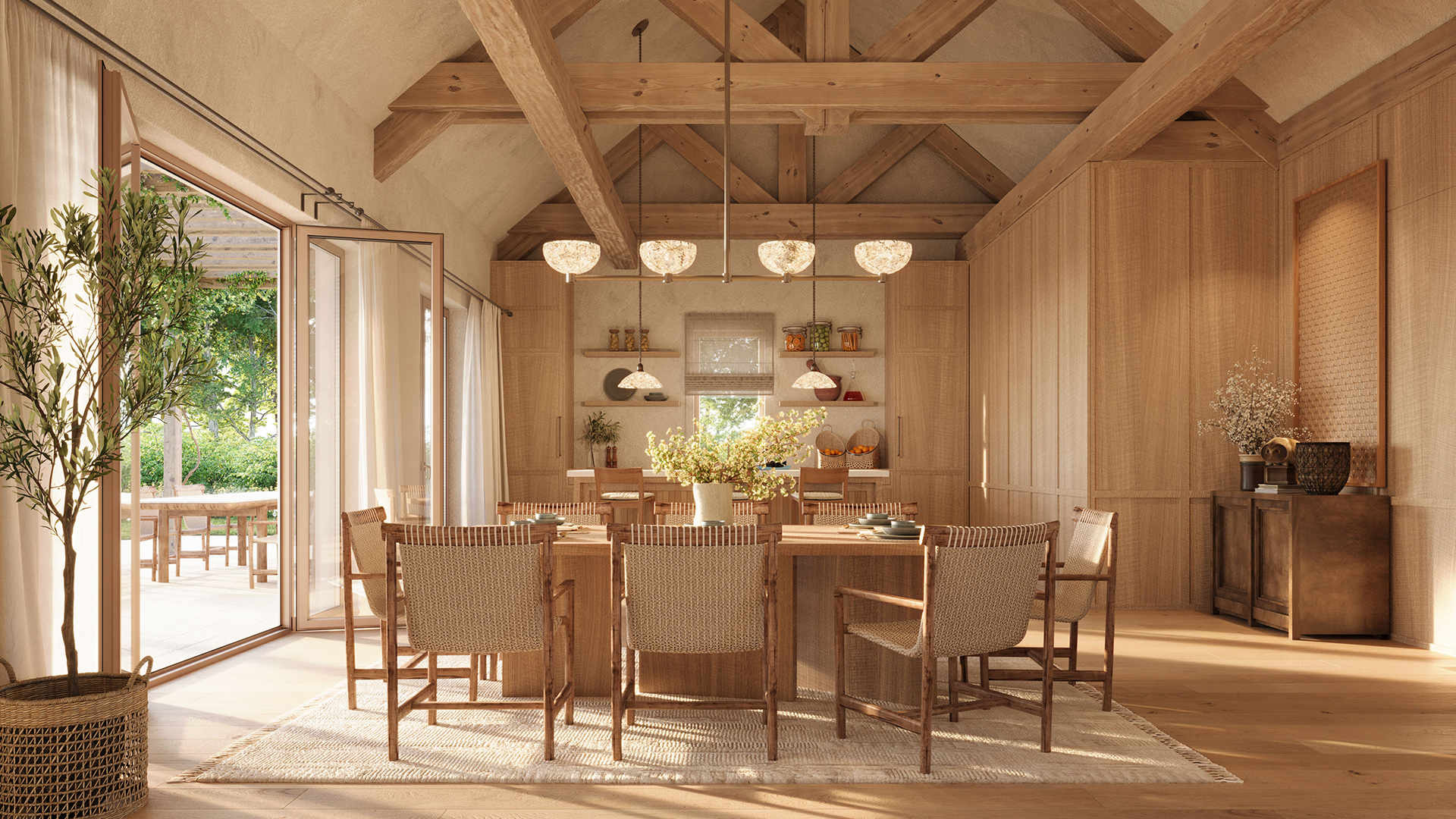The Death of Authenticity – Why Value Engineering Shouldn’t Mean Losing Your Vision
In the latest instalment of his thought leadership series, BLINK founder and creative partner Clint Nagata examines the realities of value engineering in luxury hospitality. He shares why protecting a project’s narrative from the outset is crucial to preserving its integrity—and how striking the right balance between cost and creativity ensures design with lasting impact.

“In luxury hospitality, where experience is everything, these details matter more than ever.”
There’s always a moment in every project, just as you think the vision is taking shape, when the conversation shifts. You’ve been shaping a story, crafting an experience that invites guests to slow down and connect, creating a careful interplay of light, materiality, and mood. Then, just like that, it becomes about the numbers.
Suddenly, it’s no longer about how the space feels. It’s about how much it costs. And that’s often when the magic begins to slip away.
Let’s Be Honest About It
Value engineering is a term that might sound constructive, even positive. In theory, it’s about refining design to suit budget realities. But in practice, it too often becomes an exercise in compromise. I’ve seen projects lose their souls before they’ve found their shape.
From experience, a project’s authenticity is most vulnerable right at the beginning when you’re laying the foundation. If that foundation isn’t strong and rooted in a clear story, everything that follows becomes harder to defend. Without a guiding narrative, decisions made later down the line are reactive, not intentional.
We’ve had projects where beautifully proportioned rooms are shaved by a few square metres, which makes sense on a spreadsheet, but not always in the experience of a guest. A handcrafted door becomes a standard frame. Stone becomes laminate. Slowly, the emotional connection, the sense of place, fades.
The Cost of Cutting Corners
The irony? Value engineering doesn’t always create real value. In the short term, yes, it might trim costs. But in the long term, it can compromise brand integrity, guest satisfaction and maintenance costs. We’ve seen it too often: materials that weather poorly, designs that age too fast, and spaces that don’t invite guests to linger.
Guests don’t fall in love with what’s cheapest. They remember what made them feel something, the warmth of a space, the way a view was framed, the tactile quality of a surface that told a story.
In luxury hospitality, where experience is everything, these details matter more than ever.
There’s a Better Way
We’ve taken a different approach — one we call design engineering. It’s our way of balancing creativity with commercial reality from the very beginning.
Rather than waiting until budget pressure forces difficult choices, we start with the assumption that every project will come with constraints, and we treat them as part of the design challenge. We shape the story first, and let that narrative guide every decision, no matter the budget.
Recently, on a project in Vietnam, we brought the client directly into the design process with one of our trusted factories. Being on-site, handling materials and seeing production capabilities first-hand meant we made key design decisions in real-time. We skipped months of back-and-forth, and what we produced was more resolved, efficient, and aligned with the original intent.
Sometimes, the solution is not to cut, it’s to evolve the process.
“We’ve taken a different approach — one we call design engineering. It’s our way of balancing creativity with commercial reality from the very beginning.”
Always Go Back to the Narrative
Whether we’re making adjustments or working hard to protect what matters, we always return to the project’s original story. That narrative is our North Star. It keeps us honest, grounded and aligned. It helps everyone, from clients to contractors, understand what we’re really trying to achieve.
We recently faced a tricky internal debate on a project’s budget, but every time we needed to revise the design, we reminded the team: does this change still support the story? If the answer was no, it went back to the drawing board. Because that’s what makes a project memorable, not the budget, but the integrity of the idea behind it.
And sometimes, even when a change is forced, the result can surprise you. I often tell the story of a project in France where we had to replace the doors with a more affordable option. The result? It ended up better than we imagined, more in tune with the setting and the narrative. That flexibility is key, but it should always serve the bigger picture.
To Developers and Operators: Protect the Magic
If I could give one message to developers, it would be this: cut costs where people won’t notice. Don’t compromise the entry experience, the lighting or the spatial proportions; these are the things that define how a guest feels in your space.
In Kyoto, at Six Senses, one of the walls looks like timber — but it’s actually paper. And no one notices. Because the material still supports the mood and preserves the experience. That’s the difference between strategic design engineering and indiscriminate value engineering.
Authenticity doesn’t always come at a premium. But losing it definitely does.

“If I could give one message to developers, it would be this: cut costs where people won’t notice.”
Build What’s Worth Building
At BLINK, we’re not here to create what’s easy or cheap. We’re here to create what’s meaningful. What lasts. What feels.
So, let’s rethink how we talk about budgets. Let’s talk about long-term thinking, intelligent decisions, and storytelling as a design tool. Let’s talk about design engineering as a way to build spaces that endure.
In the end, it’s not the cost per square metre that guests remember — it’s how the space made them feel.




